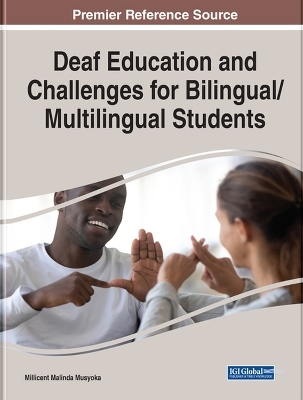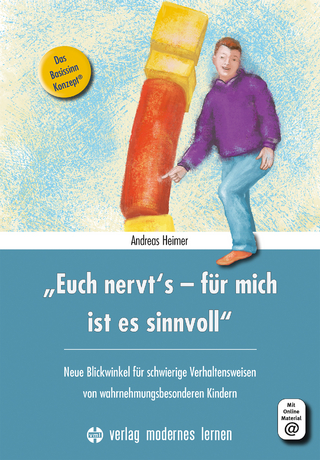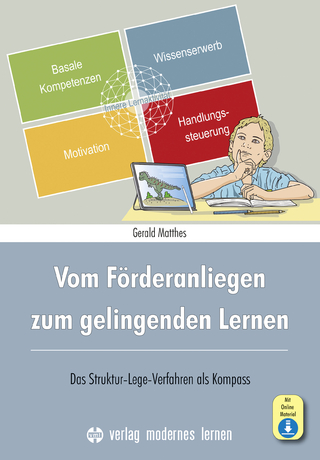
Deaf Education and Challenges for Bilingual/Multilingual Students
Seiten
2022
Business Science Reference (Verlag)
978-1-7998-8181-0 (ISBN)
Business Science Reference (Verlag)
978-1-7998-8181-0 (ISBN)
Provides knowledge, skills, and dispositions for teaching multicultural, multilingual, and immigrant deaf and hard of hearing students globally, and identifies the challenges facing the inclusion needs of this population. Topics covered include universal design for learning, inclusion, literacy, and language acquisition.
Biliteracy, or the development of reading, writing, speaking, listening, and thinking competencies in more than one language, is a complex and dynamic process. The process is even more challenging when the languages used in the literacy process differ in modality. Biliteracy development among deaf students involves the use of visual languages (i.e., sign languages) and auditory languages (spoken languages). Deaf students' sign language proficiency is strongly related to their literacy abilities. The distinction between bilingualism and multilingualism is critical to our understanding of the underserved, the linguistic deficit, and the underachievement of deaf and hard of hearing (D/HH) immigrant students, thus bringing the multilingual and immigrant aspect into the research on deaf education. Multilingual and immigrant students may face unique challenges in the course of their education. Hence, in the education of D/HH students, the intersection of issues such as biculturalism/multiculturalism, bilingualism/multilingualism, and immigration can create a dilemma for teachers and other stakeholders working with them.
Deaf Education and Challenges for Bilingual/Multilingual Students is an essential reference book that provides knowledge, skills, and dispositions for teaching multicultural, multilingual, and immigrant deaf and hard of hearing students globally and identifies the challenges facing the inclusion needs of this population. This book fills a current gap in educational resources for teaching immigrant, multilingual, and multicultural deaf students in learning institutions all over the world. Covering topics such as universal design for learning, inclusion, literacy, and language acquisition, this text is crucial for classroom teachers of deaf or hard of hearing students, faculty in deaf education programs, language instructors, students, pre-service teachers, researchers, and academicians.
Biliteracy, or the development of reading, writing, speaking, listening, and thinking competencies in more than one language, is a complex and dynamic process. The process is even more challenging when the languages used in the literacy process differ in modality. Biliteracy development among deaf students involves the use of visual languages (i.e., sign languages) and auditory languages (spoken languages). Deaf students' sign language proficiency is strongly related to their literacy abilities. The distinction between bilingualism and multilingualism is critical to our understanding of the underserved, the linguistic deficit, and the underachievement of deaf and hard of hearing (D/HH) immigrant students, thus bringing the multilingual and immigrant aspect into the research on deaf education. Multilingual and immigrant students may face unique challenges in the course of their education. Hence, in the education of D/HH students, the intersection of issues such as biculturalism/multiculturalism, bilingualism/multilingualism, and immigration can create a dilemma for teachers and other stakeholders working with them.
Deaf Education and Challenges for Bilingual/Multilingual Students is an essential reference book that provides knowledge, skills, and dispositions for teaching multicultural, multilingual, and immigrant deaf and hard of hearing students globally and identifies the challenges facing the inclusion needs of this population. This book fills a current gap in educational resources for teaching immigrant, multilingual, and multicultural deaf students in learning institutions all over the world. Covering topics such as universal design for learning, inclusion, literacy, and language acquisition, this text is crucial for classroom teachers of deaf or hard of hearing students, faculty in deaf education programs, language instructors, students, pre-service teachers, researchers, and academicians.
| Erscheinungsdatum | 01.12.2021 |
|---|---|
| Sprache | englisch |
| Maße | 216 x 279 mm |
| Gewicht | 633 g |
| Themenwelt | Sozialwissenschaften ► Pädagogik ► Sonder-, Heil- und Förderpädagogik |
| ISBN-10 | 1-7998-8181-4 / 1799881814 |
| ISBN-13 | 978-1-7998-8181-0 / 9781799881810 |
| Zustand | Neuware |
| Haben Sie eine Frage zum Produkt? |
Mehr entdecken
aus dem Bereich
aus dem Bereich
was Eltern und Pädagogen wissen müssen
Buch | Softcover (2023)
Kohlhammer (Verlag)
CHF 47,60
das Struktur-Lege-Verfahren als Kompass
Buch | Softcover (2024)
modernes lernen (Verlag)
CHF 33,50


